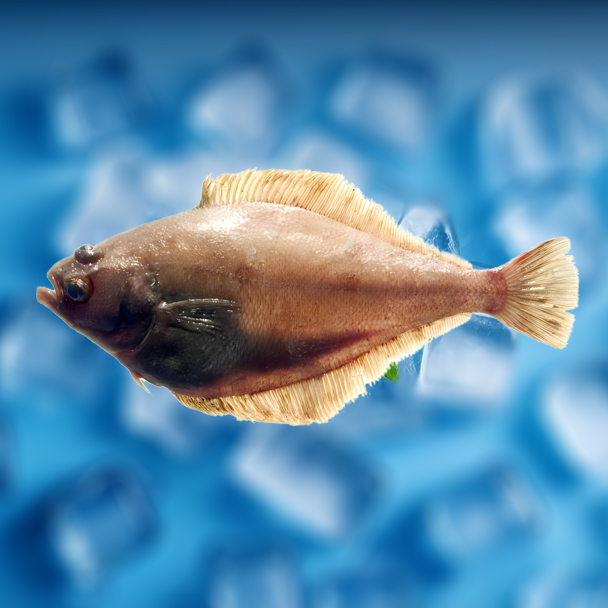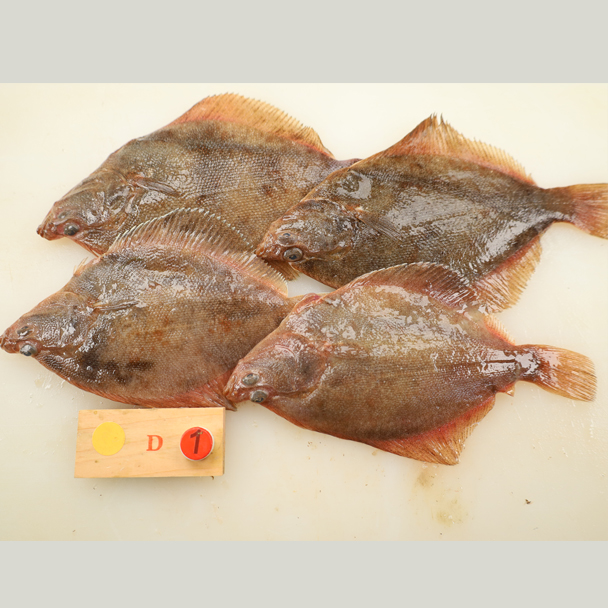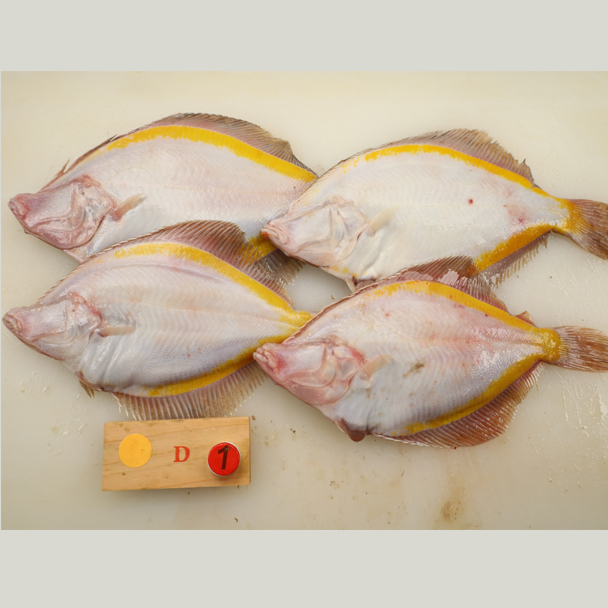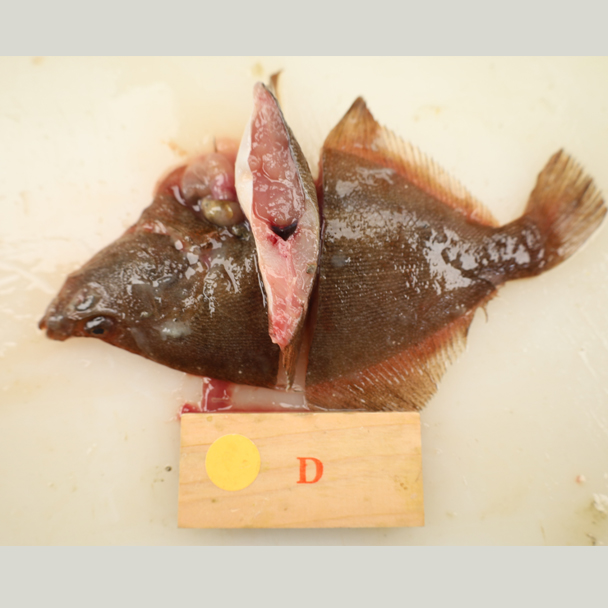








The spotted halibut is a demersal marine fish belonging to the order Pleuronectiformes and the family Pleuronectidae. It is mainly distributed in the northwestern Pacific, particularly along the coasts of Japan, the Korean Peninsula, and China. This fish has an oval, flattened body with both eyes on the same side. Its body color is primarily yellowish-brown, marked with distinct dark brown or black spots, providing excellent camouflage for life on sandy or muddy seafloors.
The spotted halibut grows relatively slowly but is prized for its tender flesh, moderate fat content, and rich nutritional value, including high-quality protein and DHA. It is considered a premium seafood ingredient with excellent palatability, commonly used in Japanese cuisine for dishes such as sashimi, sushi, steaming, and salt grilling. Among these, sashimi best highlights its sweet, delicate flavor and smooth texture.
This species typically inhabits waters 20 to 200 meters deep, living near the seabed and feeding primarily on small crustaceans and polychaetes. Due to its delicious taste and stable availability, the spotted halibut is highly valued in markets, especially in Japan and Korea, and also holds potential for commercial aquaculture.
